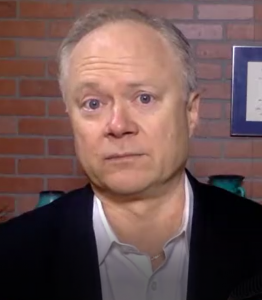
U.S. oil inventories have fallen every week for two months yet WTI has averaged less than $40 per barrel since the end of August. That is because oil has been re-priced and markets are unwilling to pay more for it.
Those who expect a return to 2019 price levels acknowledge that the oil-demand recovery has stalled. They believe that this is because of Covid-19 and that things will return to normal once there is a vaccine.
Perspective
“I don’t think the severity of this downturn has been well understood yet.”
What is happening to oil markets and to the global economy is not because of a virus. The virus greatly accelerated what was already happening. Things won’t go back to normal when the virus ends. I wrote that a month ago and nothing has happened since then to change my mind.
The world is in a debt cycle that began fifty years ago. World orders change when debt cycles approach their end. Ray Dalio has studied how and why world orders have changed over the last 1500 years. These are the requisites that changing world orders have in common:
- High levels of indebtedness.
- Low interest rates that limit the ability of central banks to stimulate the economy.
- Large wealth gaps and political divisions that lead to social an political conflicts.
- A rising world power that challenges the over-extended leading power.
These criteria have clear relevance to the present world order as China challenges U.S. hegemony. Discord created by debt, interest rates and income inequality have been aggravated by the Covid-19 pandemic but will not be resolved when the virus is controlled.
…click on the above link to read the rest of the article…





 How Heavy Is This?
How Heavy Is This?


